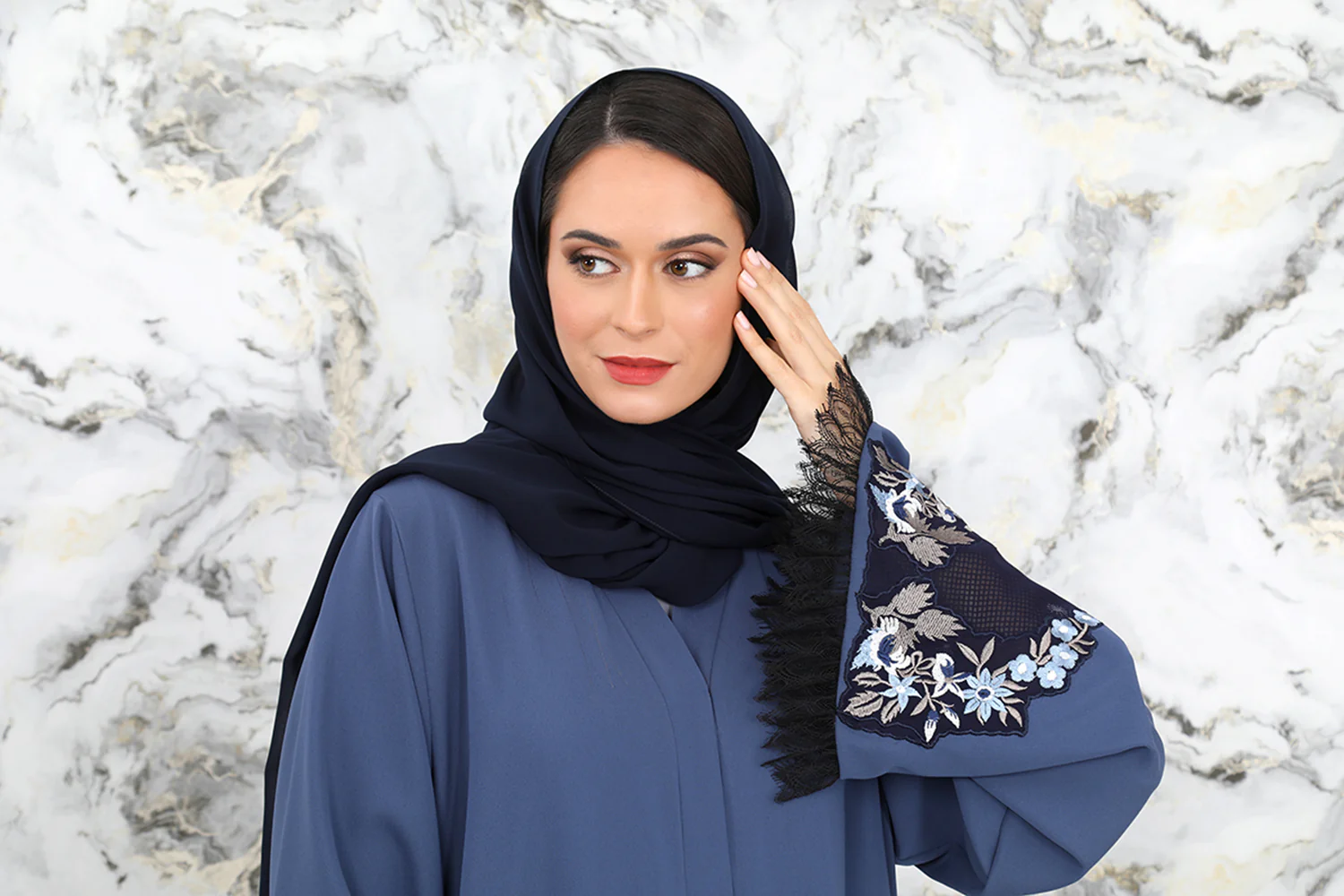In the ever-evolving world of fashion, cultural fusion has become a prevailing theme, seamlessly blending traditional attire with global trends. One striking example of this phenomenon is the transformation of abayas, traditional garments worn by women in many Middle Eastern countries. Traditionally, abayas have been characterized by their modest, loose-fitting silhouette and monochromatic colors. However, contemporary designers are redefining the boundaries of this traditional attire by infusing it with elements inspired by global fashion trends. The evolution of abayas can be seen in the incorporation of diverse fabrics, textures, and embellishments. Designers are skillfully integrating luxurious fabrics such as silk, lace, and satin to add a touch of opulence to the traditional garment. This departure from conventional materials not only enhances the aesthetic appeal but also reflects a harmonious blend of cultural roots and modern influences.

The introduction of intricate embroidery, sequins, and beadwork further contributes to the fusion, creating abayas that are not only modest but also exquisite in their detailing. Global fashion trends have also influenced the color palette of abayas, moving beyond the classic black to include a spectrum of hues. Soft pastels, bold jewel tones, and even metallic shades are now finding their way into abaya designs. This departure from tradition reflects a celebration of diversity and a willingness to embrace a broader range of expressions within cultural attire. The incorporation of vibrant colors not only adds a contemporary flair to Abaya but also challenges stereotypes and fosters a more inclusive and open-minded approach to fashion. Silhouette experimentation is another facet of the cultural fusion trend in abaya design. Traditional abayas are known for their loose-fitting silhouette, providing comfort and modesty. However, designers are now exploring variations in lengths, cuts, and layering, drawing inspiration from global fashion runways.
High-low hemlines, asymmetrical cuts, and cape-like overlays are just a few examples of how designers are infusing a modern twist into the timeless elegance of abayas. The fusion of global influences with traditional abaya design extends beyond the physical garment to include styling and accessorizing. Statement belts, contemporary headscarves, and even sneakers are being paired with abayas, creating looks that effortlessly bridge the gap between cultural heritage and modern aesthetics. This blending of styles not only resonates with a younger generation but also emphasizes the adaptability and versatility of cultural attire in an increasingly interconnected world. In conclusion, the evolution of abayas inspired by global fashion trends exemplifies the dynamic interplay between tradition and modernity. Designers are navigating the delicate balance of preserving cultural identity while embracing the ever-changing landscape of fashion. The result is a beautiful tapestry of abayas that not only pay homage to their roots but also contribute to the rich and diverse tapestry of global fashion.